With the world moving forward with more from less, the Italians’ future too seems more powerful and electric. Car India caught up with [now former] Lamborghini Chairman Stephan Winkelmann at the Frankfurt Motor Show.
Interviewed by: Aspi Bhathena
Car India (CI): This was one of the few times that we’ve seen a Lamborghini but not heard it; there was no revving of the engine. More power and speed is great but the next frontier is connectivity and electric cars. Where does Lamborghini fit into this?
Stephan Winkelmann (SW): We are not an everyday car, usually. So in terms of connectivity we take it very seriously, but usually the people in the car are more focused on driving it, not because they need to roll from A to B. We are looking very deeply into it. And digitalisation is a general trend where everybody is expecting to have everything everywhere. This is going to be a step especially for the third model for Europe. In terms of the type of engine, if there is something better than a naturally-aspirated engine, then we will make the move. It’s clear that emission is a big thing. The car could have a turbo engine or even a hybrid, the SUV. We have to see that we are producing some 1,000 cars worldwide. We are taking it very seriously. We are working 360 degrees, and not only on the cars.
CI: How important is motor sport to you? For the longest of time you were not involved in motor sport, and now you’re getting more active. How much does it really help?
SW: Ferruccio Lamborghini was not into it and always said, ‘I don’t have to prove anything’. For us things have changed. We have bigger commitment with the Super Trofeo and the GT3 and we want to expand our presence in GT3 and we want to improve our Super Trofeo series every year. In terms of motor sport, I think there is no more to be played. We are now attempting the first four 24-hour races but this is inside the GT3 environment and not outside it. When it comes to brand awareness and image, we have a lot of forums and social media, especially in India. Also in terms of sales, it’s good, because we have all our dealers involved… well, most of them, and the customers are happy to have a hobby which they can do with their favourite brand.
CI: Are you happy with the way the Indian operations of Lamborghini are going in terms of sales, market penetration and price points?
SW: If you look at the number of super sports cars sold in India, you cannot be happy; this is clear, but this is something which we thought could come much earlier so we have to see, because we are always moving around 20-something cars which is okay but is not good enough to make India important for the brand. Even if we look at single customers, it also has to be a business case for our partners. So we have to keep that under control.
CI: Do you think it’s the Urus that will change that for you in India?
SW: You know, I thought of this already in 2010, and now, if I say ‘yes’, I don’t want to be wrong again. But I think, yes, it’s a different car, it’s more suitable to everyday usability, so for sure this is going to help in terms of numbers. We will see.
CI: When it comes to turbo-charging or a naturally-aspirated engine, the sound of a Lamborghini is very important. When you go to turbo-charging, you don’t get the same sound. Is that one of the reasons for Lamborghini?
SW: There are two reasons, one is this and the other is that you don’t have turbo-lag when you start at low revs. These are the two major reasons. The advantage of a turbo engine is that they consume less. At the end of the day, what we are doing is the day we find out the turbo engines are covering these two issues, we are going to them. I don’t know if this is going to happen.
CI: Will we see more of carbon in Lamborghinis as we move into the future, because you are one of the centres for excellence in the group for carbon-fibre technology?
SW: We are now in the initial phase of the new generation of super sports cars and the weight is always a pain for everybody, and for us, even more. One of the ideas is to really get more and more in the car, but it has to be a business case, so we are analysing it. We have different sets of involvement and I hope that we can get the maximum and not the minimum. This is a matter of how we do everything and the weight or the chassis is only one of the bricks in the build to have the perfect business case.
CI: As you move forward, will the future of super sports cars be better handling or better performance?
SW: To go fast and straight is not our aim, there is somebody else doing it. For us, it’s the handling. Performance is a must. Handling is the power-to-weight ratio at the end of the day, so he [Ferrucio] always said to me, less weight is better than more power. So with this magic combination, we know everything we want is more weight, everything you think about, is more weight. So this is really the issue. So performance, yes, the handling, and then the top speed.
CI: Will the V12 engine always be there in Lamborghinis?
SW: (Laughs) I hope so.
CI: What is the next step?
SW: We are in the strategic phase now. We are having meetings, there are a lot of ideas. If we sum up all the ideas, it costs three times more than what we are able to spend. And now we have to find the right balance.
CI: Where do you get the inspiration for your new car?
SW: We have inspirations from the aeronautic industry. Some years ago, this was really helping us. And then from what all is out in the market, from our competitors, but a lot from ourselves, because we know what we want and the point is how to get there. If you know where you want to arrive, then it’s easy. We are pretty much alone in this way of thinking. So there is not a lot of help from outside, because it is high investment and low volumes, so nobody wants to step into it.
CI: What is your outlook on the global market? Are you worried about China?
SW: My worry about China is that it might affect the rest of the world. Because, in the super sports car business, China is not very much, let’s say, out of control, because it’s years that we are discussing and China is not drawing. We are a bit against the trend this year because of the Huracán, which is on the market since the beginning of this year, so it is helping us to be a bit better than 2014. What happens in China is something that affects not just the stock markets, but also the global economy. For everybody, not only in terms of cars but for a lot of things, China is number one, two or three, so it’s always a top market, so there must be a consequence if everything is going down. For the time being it seems the economy is holding. There is a bubble in the stock market, we just hope it won’t explode.


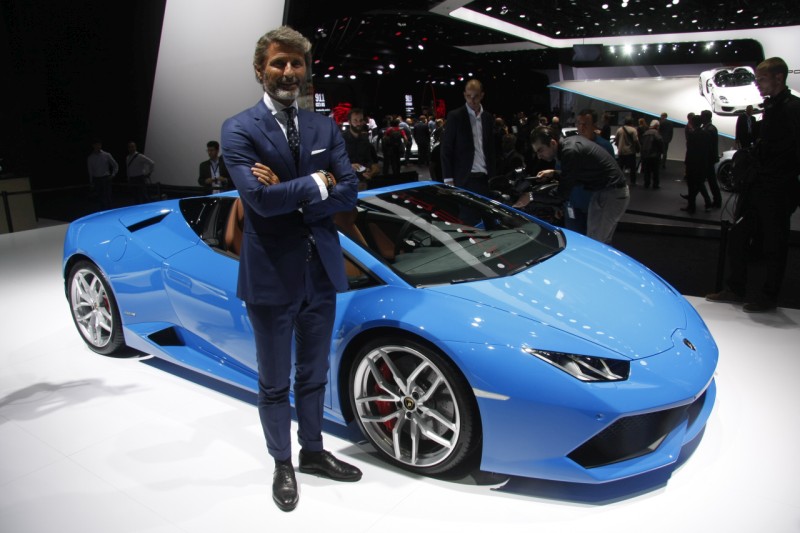
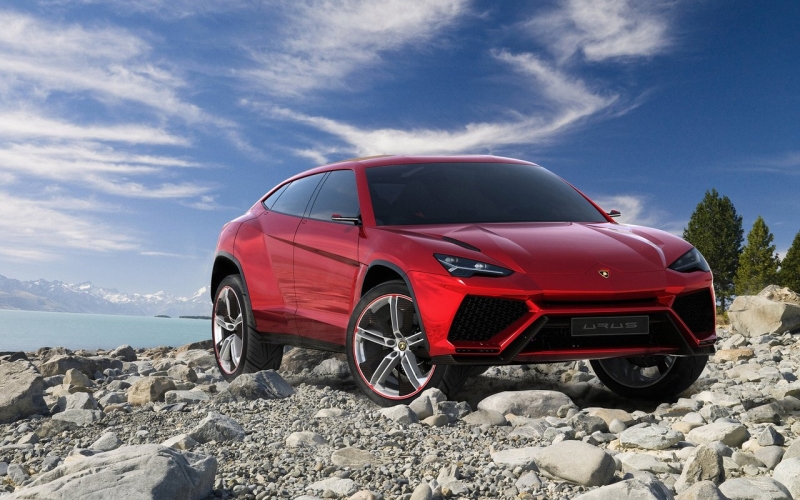



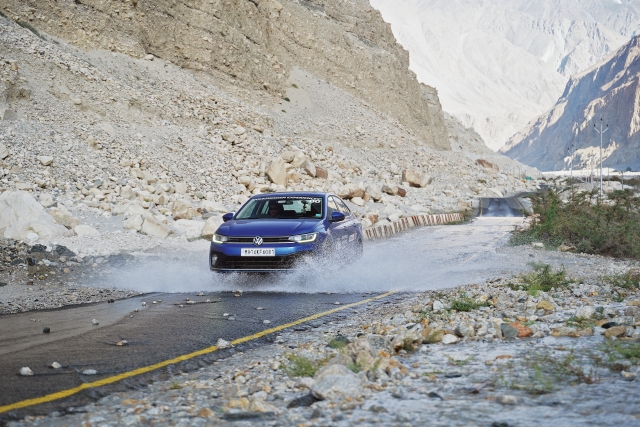
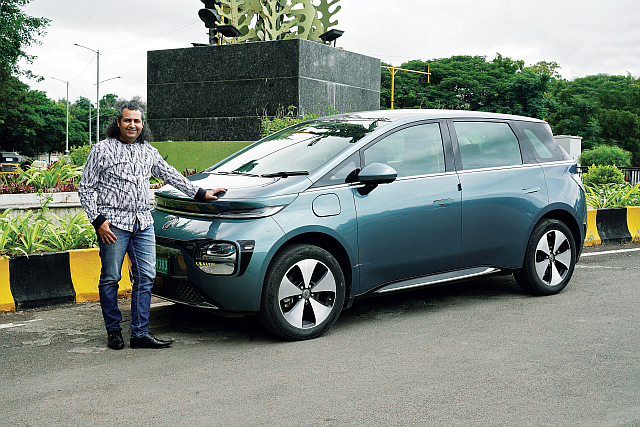

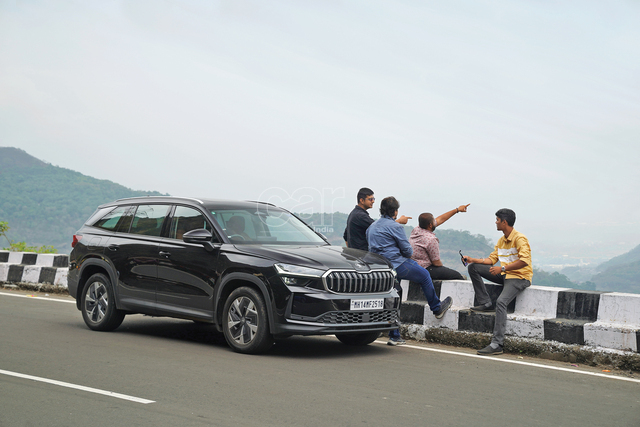
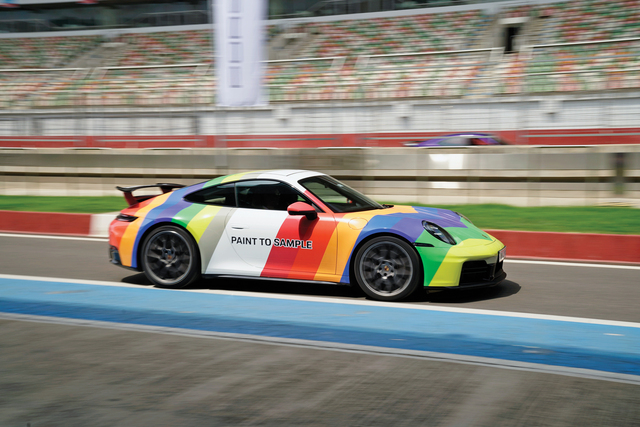

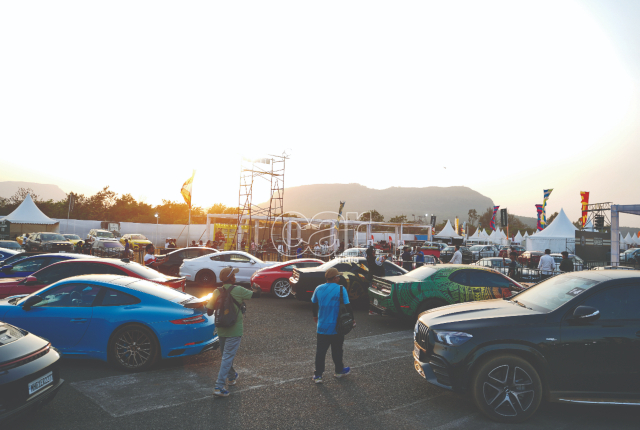
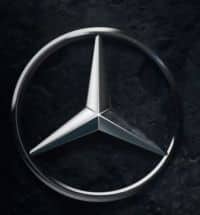

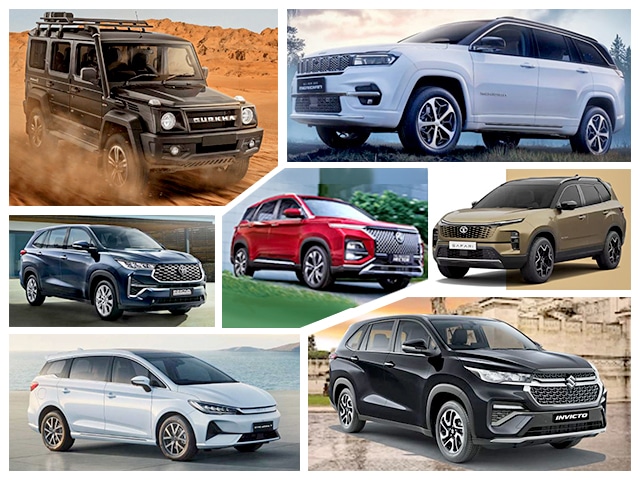
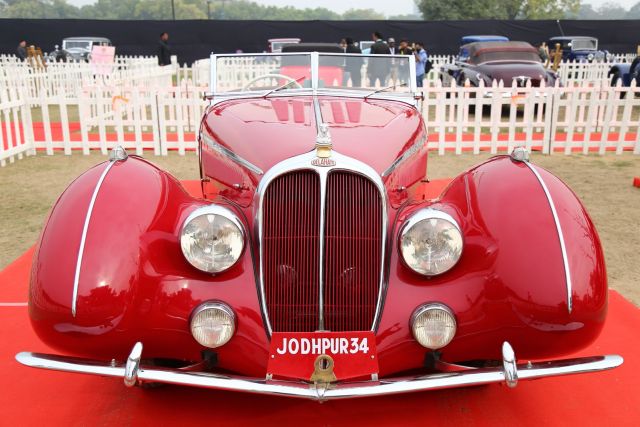
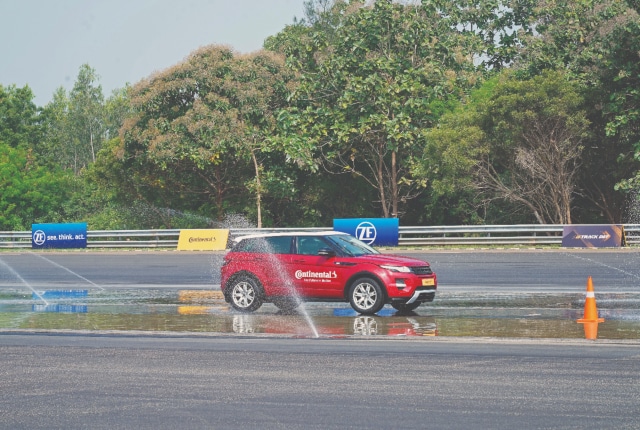
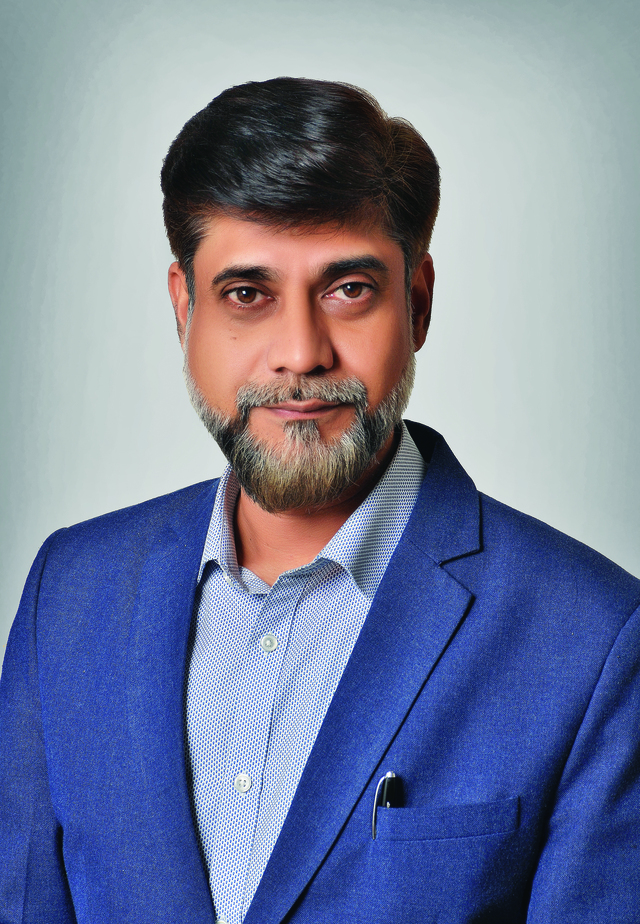


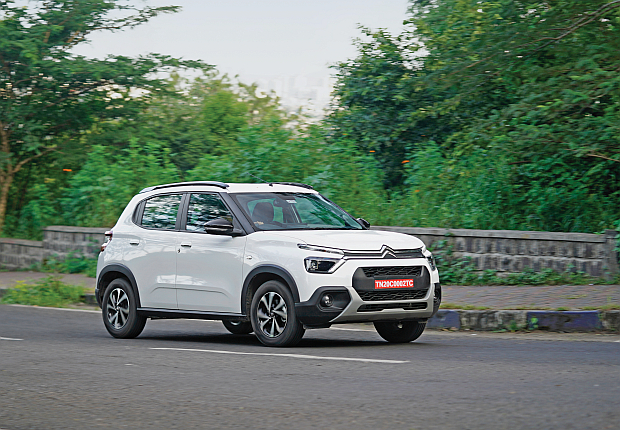
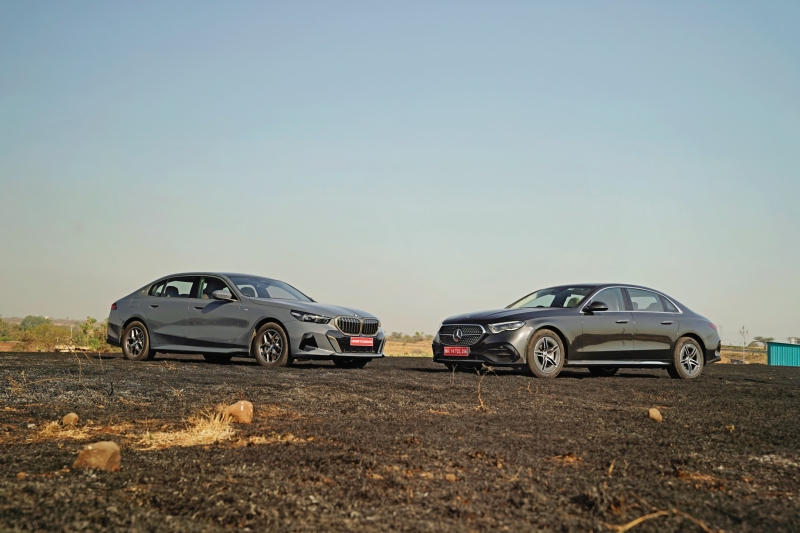
Leave a Reply